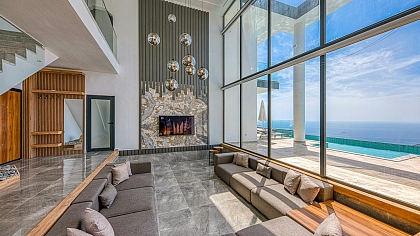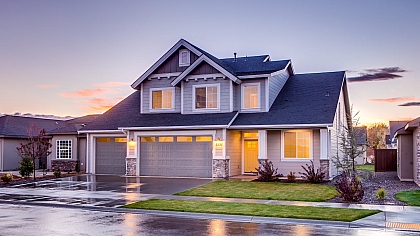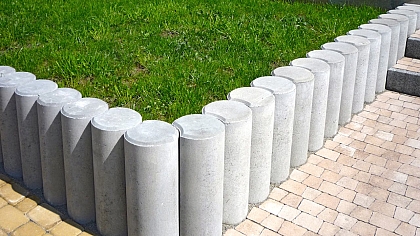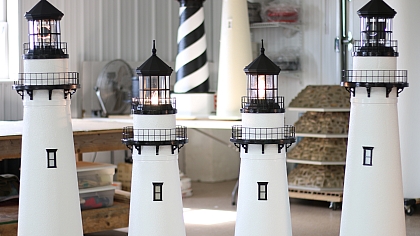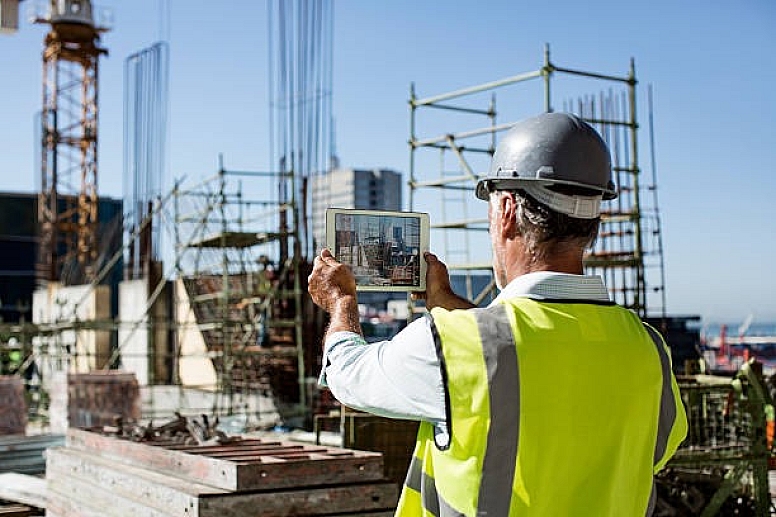
The Latest Trends in Sustainable Construction
Being one of the most important industries, construction shapes what our world looks like, but it has also caused irreparable damage to our natural environment. Despite taking some time, the construction industry is modernizing, and sustainable construction is becoming more important than ever as we strive towards a more sustainable way of living.
Many trends in green construction are cost-effective too, ranging from new materials and innovations to using renewable and recyclable materials. This includes reducing the embodied energy in building materials, minimizing on-site waste, and decreasing the energy consumption on finished projects. All of these factors should be taken into consideration.
The Latest Sustainable Construction Trends
The global ascent of sustainable construction trends is evident. An increasing number of property developers, government agencies, corporate real estate managers, and universities are not only recognizing but also integrating green design principles and practices into their construction endeavours.
These sustainable construction trends are poised to persist and evolve well into the future.
● Government-Led Initiatives and Endeavors
Government backing plays a pivotal role in propelling renewable projects forward, underscoring its critical importance in the future of sustainable energy implementation. It is projected that a significant portion of forthcoming solar and wind projects will be closely tied to pre-planned government-supported incentives.
To optimize cost-effectiveness, financially well-endowed states may need to collaborate with less affluent regions, ensuring the safe and successful completion of all sustainable ventures.
Moreover, in regions across the globe where sustainable energy programs are already in place, governments may increasingly focus on strategies to curtail electrical expenses and initiate cost-effective onshore wind and solar power projects, which prove to be more economical alternatives to traditional fossil fuel plants.
● Emerald Hydrogen
Emerald hydrogen is poised to emerge as a prominent trend in sustainable construction soon. However, compared to its grey counterpart, it may come at a higher cost, approximately four times more expensive.
Anticipated to be more cost-effective than unabated fossil-fuel-derived hydrogen by 2030, this presents a compelling reason for a broader embrace of this eco-conscious resource.
Additionally, it holds promise as a novel renewable solution in the advancement of heavy-duty goods transportation and industrial manufacturing processes.
● Use of Sustainable Materials
Another significant sustainable construction trend promotes the concept of Green Building - designing, constructing, and operating buildings with fewer resources to minimize waste and reduce environmental impact, maintaining a safer environment and enhancing building productivity.
These green building materials include bamboo, wood, slate/stone roofing, insulated concrete forms, composites, steel, polyurethane, natural fibre, fibreglass, earthbags, stone, non-VOC paints (No-VOC paints contain no volatile organic compounds or a very small amount of VOCs.), fibre cement, cellulose, polystyrene, and isocyanurate.
● Living Materials
Living materials, characterized by their organic growth and imminent readiness for large-scale production, represent a cutting-edge frontier. A forthcoming trend is poised to feature self-repairing concrete infused with bacteria.
These microorganisms facilitate the transformation of surrounding materials, creating a new composite within the concrete's pores, thereby enhancing its impermeability.
● Global Hydropower
Hydropower stands as the foremost global renewable energy source, accounting for 71% of the world’s total renewable electricity and nearly one-fifth of the overall global electricity supply. This figure is expected to increase in the coming years.
Currently, China, America, Canada, Russia, and Brazil are at the forefront of hydropower generation.
● Net Zero buildings
One of the most popular trends, Net Zero buildings achieve a significant reduction in the carbon footprint. They do this by utilizing a 100% renewable electricity tariff and implementing energy-efficient solutions. These include LED lighting, the installation of electric vehicle charging points, and solar panels.
● Renewable energy
Renewable energy is derived from sources that do not deplete upon use, such as solar power and wind, replenishing at a rate surpassing consumption. This transition not only mitigates environmental impact but also proves to be cost-effective.
Innovations like air source heat pumps have become integral in reducing carbon emissions from heating. Another swiftly emerging trend involves the adoption of Hydrotreated Vegetable Oil (HVO) as a greener alternative to diesel in vehicles.
Derived from recycled materials like used cooking oils, HVO boasts the potential to reduce carbon dioxide emissions by up to 90% compared to conventional diesel.
● Sustainable products
Products supporting energy efficiency or water efficiency, products that have lower embodied carbon, lower waste, recycled content, or are recyclable at the end of life, and products that have renewable material content and support nature and biodiversity all fall under the category of sustainable products.
A great example of these is the interior protection systems, such as temporary construction barriers and temporary suspended ceilings, which are reusable, take less time to install, and prevent environmental pollution by dust and debris containment.
Made from polyurethane sheets, they eliminate the need for the construction of temporary dry walls, which take time to install and create additional dust and debris when demolished at the end of the project, thereby contributing to air pollution.

Sustainable construction trends are gaining momentum worldwide, with stakeholders from property developers to government agencies and universities embracing green design principles. These trends are poised to become enduring features of the industry. Government support is pivotal in propelling renewable projects forward, emphasizing its critical role in the future of sustainable energy implementation.
Collaboration between regions, regardless of financial resources, will be crucial for the safe and successful completion of these ventures. Technologies like emerald hydrogen and living materials demonstrate a dedication to transformative and eco-conscious solutions, further driving the industry toward sustainability.
In parallel, sustainable materials and practices are taking centre stage in construction projects. "Green Building" principles, focused on resource-efficient construction to minimize waste and environmental impact, are guiding the industry. A diverse range of green building materials provides the means to construct structures that harmonize with the natural world.
This commitment extends to products that promote energy and water efficiency, lower waste, and support biodiversity. Innovative approaches like interior protection systems, designed for reusability and pollution prevention, exemplify the industry's resolve to mitigate environmental harm.
Prioritizing these sustainable construction practices is paramount as we forge ahead, charting a course toward a more harmonious and resilient future for our planet.






